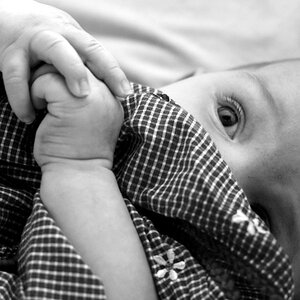bbaker35
TPF Noob!
- Joined
- Sep 30, 2005
- Messages
- 126
- Reaction score
- 0
- Location
- U.S.A.
- Can others edit my Photos
- Photos OK to edit
I have seen many people talking about taking shots of stars and such with long exposures...
I'm really new to photography, so I have no idea what anyone is talking about... Will someone help me?
1) What is a long exposure?
2) What effect does it create?
3) Does anyone have a picture so I can see how it's supposed to look?
4) What else can you shoot long exposures of except stars?
5) What purpose does it serve?
5) How do I do it with my 350D?
Sorry for all the questions, but I'm sooo freakin new to photography.
I'm really new to photography, so I have no idea what anyone is talking about... Will someone help me?
1) What is a long exposure?
2) What effect does it create?
3) Does anyone have a picture so I can see how it's supposed to look?
4) What else can you shoot long exposures of except stars?
5) What purpose does it serve?
5) How do I do it with my 350D?
Sorry for all the questions, but I'm sooo freakin new to photography.


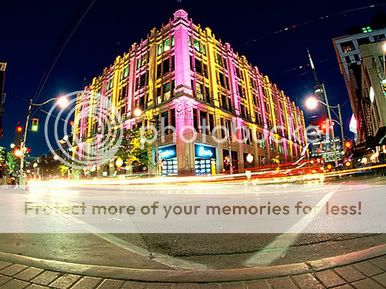
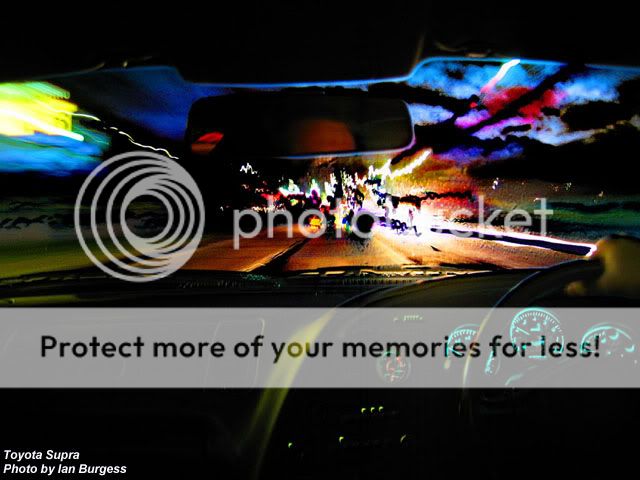
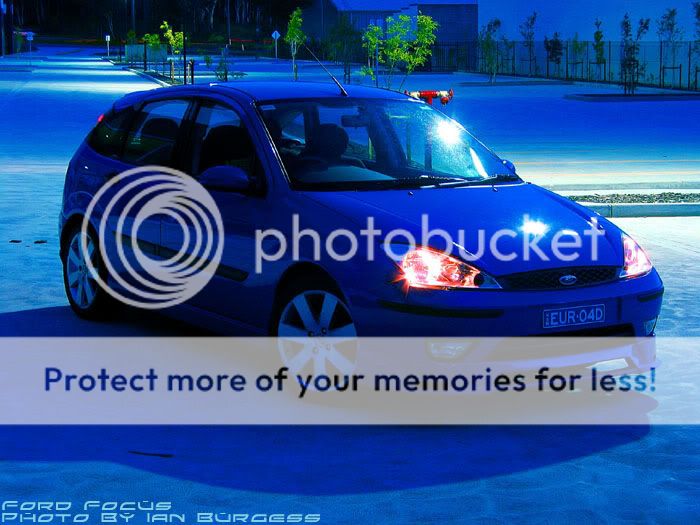
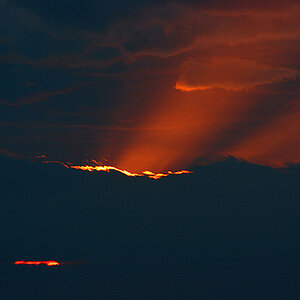
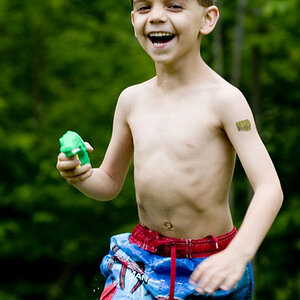

![[No title]](/data/xfmg/thumbnail/35/35953-1a8b92df0115ff7026f31b78855ac815.jpg?1619737264)
![[No title]](/data/xfmg/thumbnail/35/35948-700e0d840da0ca73727b1bd6d99b4142.jpg?1619737257)
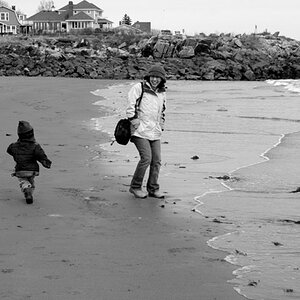
![[No title]](/data/xfmg/thumbnail/35/35946-771bfce9b2727c9126587d96c471da80.jpg?1619737254)
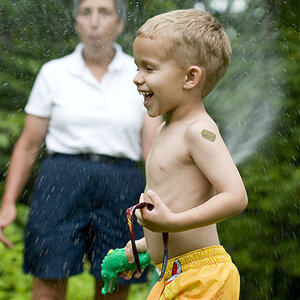

![[No title]](/data/xfmg/thumbnail/35/35952-55c8d42ec1c6ff0e13b45356cbf9c068.jpg?1619737263)
